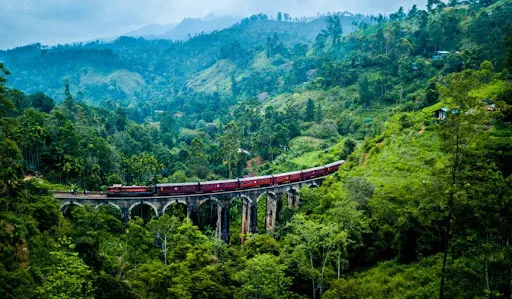In a historic rally on June 3, 2024, India's benchmark stock indices, the Nifty 50 and the Sensex, reached unprecedented levels, marking a significant milestone in the country’s financial markets. This surge reflects investor optimism and robust economic fundamentals.
The Nifty 50, representing the National Stock Exchange's (NSE) top 50 companies, closed at an all-time high of 20,300 points. Simultaneously, the BSE Sensex, comprising 30 leading companies listed on the Bombay Stock Exchange (BSE), soared past the 70,000-point mark, closing at 70,200 points. This remarkable achievement underscores a period of sustained growth and positive sentiment among investors.
Several factors contributed to this upward momentum. Firstly, strong corporate earnings have been a key driver. Many companies reported better-than-expected quarterly results, boosting investor confidence. Key sectors such as information technology, pharmaceuticals, and consumer goods showed significant growth, with heavyweights like Reliance Industries, TCS, and HDFC Bank leading the charge.
Secondly, favorable economic indicators provided a supportive backdrop. India's GDP growth rate has been robust, driven by increased consumer spending, government infrastructure projects, and a resurgence in manufacturing activities. Additionally, the Reserve Bank of India's accommodative monetary policy has helped maintain liquidity in the market, fostering an environment conducive to investment.
Global factors also played a role. The easing of geopolitical tensions and a positive outlook on global economic recovery post-pandemic have led to increased foreign direct investment (FDI) and foreign institutional investor (FII) inflows into Indian markets. The weakening of the US dollar has made emerging markets like India more attractive to foreign investors seeking higher returns.
Market analysts attribute part of the rally to technological advancements and increased digital adoption, which have bolstered productivity and operational efficiencies across various sectors. The government's continued focus on digitization and reforms in key areas such as taxation and labor laws have further enhanced the business environment.
Investor sentiment has also been buoyed by the government’s ongoing efforts to promote economic stability and growth. Initiatives such as the Production-Linked Incentive (PLI) scheme and efforts to streamline regulatory processes have encouraged both domestic and international investments.
However, this bullish trend is not without cautionary notes. Analysts warn that the market may face volatility due to potential interest rate hikes by global central banks, inflationary pressures, and geopolitical uncertainties. Despite these concerns, the long-term outlook remains positive, with many expecting sustained growth driven by strong economic fundamentals and progressive policy measures.
The all-time highs for the Nifty 50 and Sensex on June 3, 2024, not only reflect the resilience and potential of India’s economy but also signal the market’s optimism about the future. As the country continues to navigate through global and domestic challenges, these milestones are a testament to the underlying strength and dynamism of India’s financial markets.








































